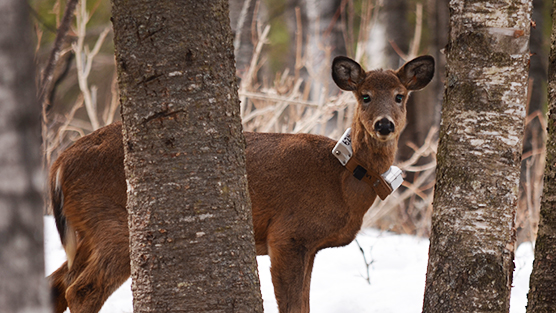
Research
Filter by Category

Show more
.jpg?n=5927)
Biodiversity Conservation in Planted Forests
Show more

Collaboration for Atlantic Salmon Tomorrow (CAST) Funding
Show more
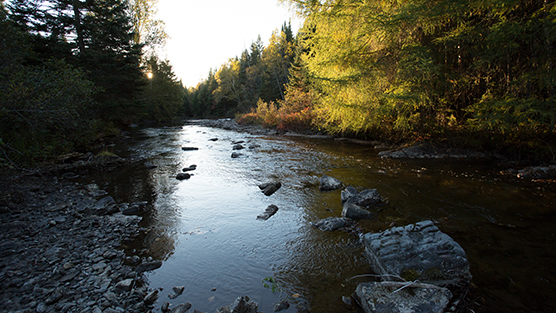
Linking Landscape Variables to Cold Water Refugia in Rivers
Show more
_big.jpg)
A Comprehensive Greenhouse Gas Balance for a Forest Company Operating in Northeast North America
Show more
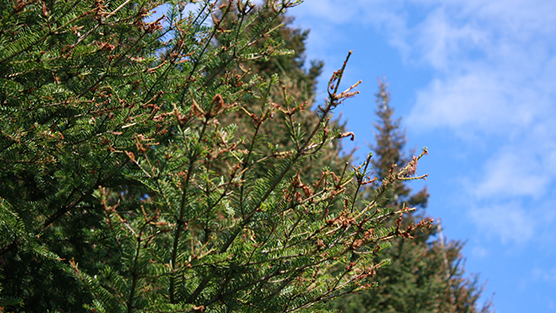
An Optimistic Outlook on Spruce Budworm Impacts and Mitigation Opportunities in Maine
Show more
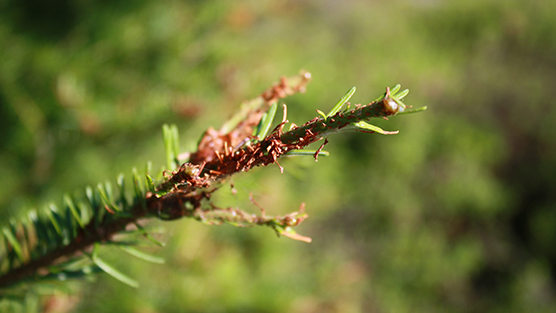
Spruce Budworm Decision Support
Show more
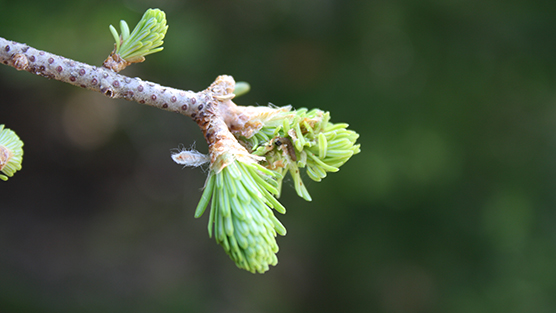
Spruce budworm and management effects on forest and wood product carbon for an intensively managed forest
Show more
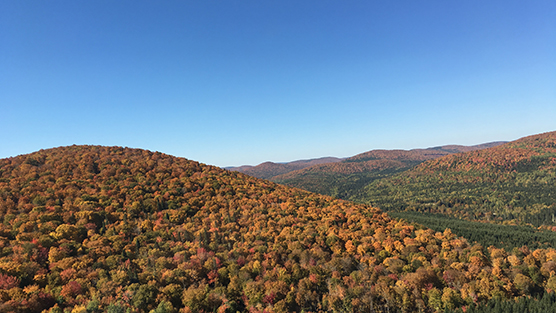
Temporal Changes in species composition of mixedwood stands in Northwest New Brunswick: 1946 - 2008
Show more
Questions about our Healthy Forest Approach? Read the FAQ.
(1).png?n=7605)






.png)

